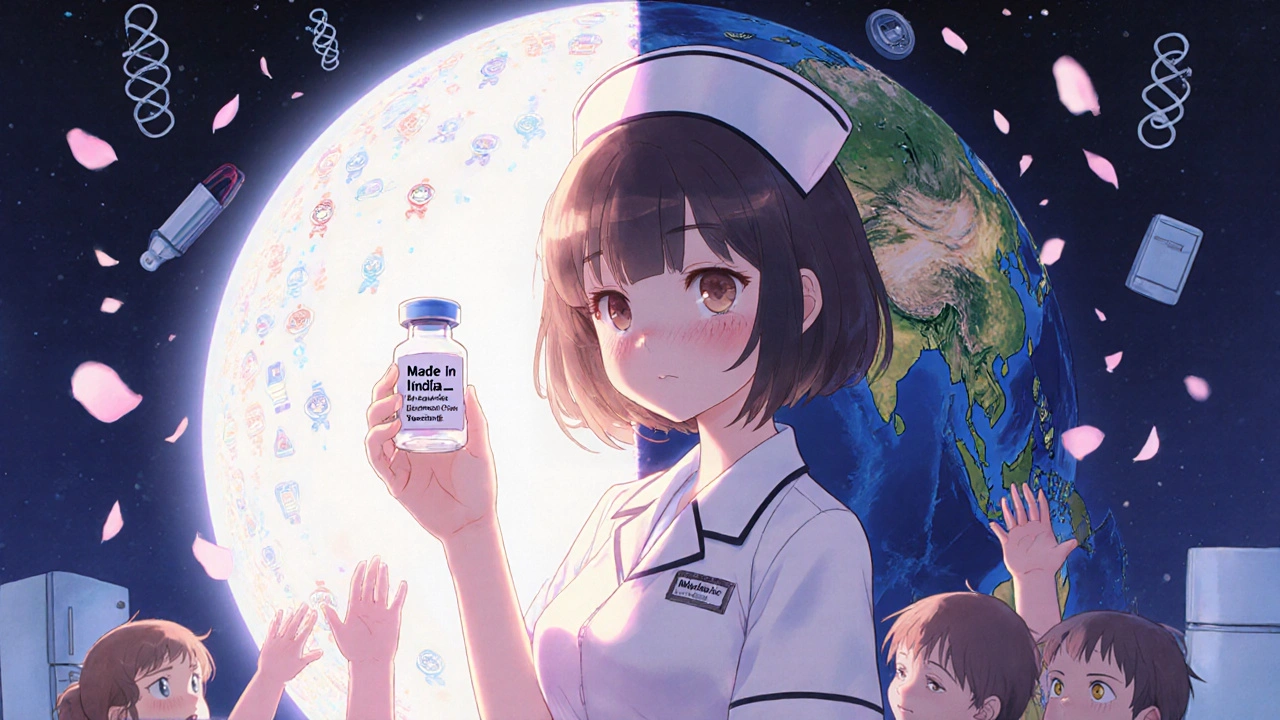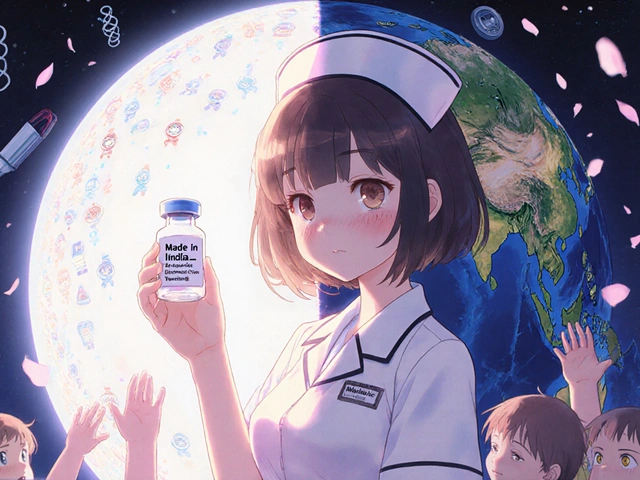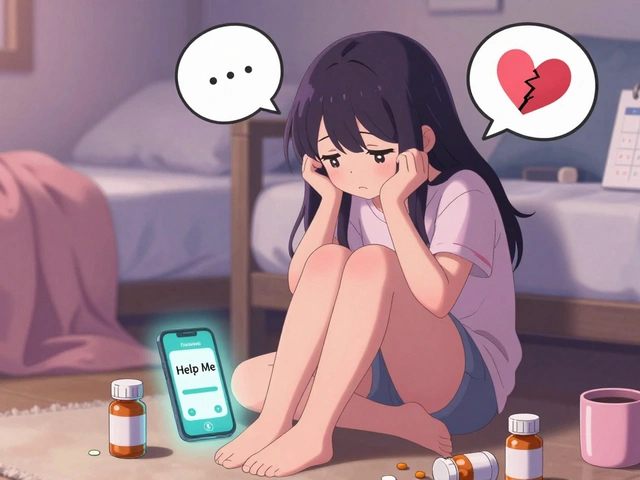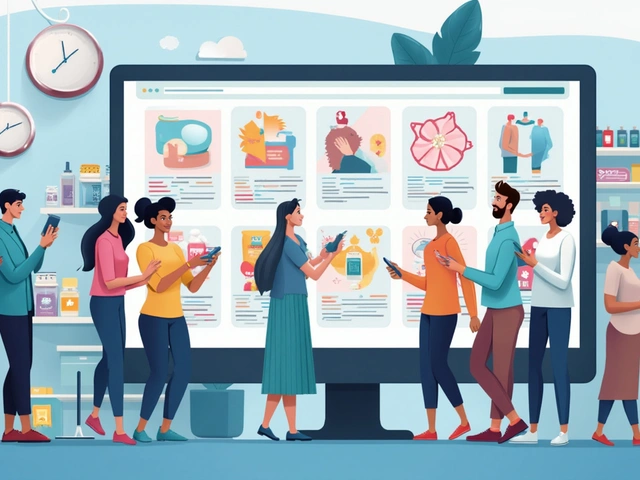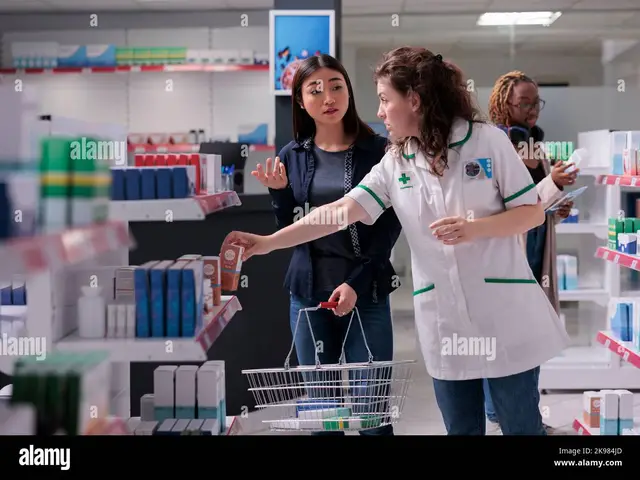There’s no such thing as a "generic vaccine" in the way there’s a generic version of aspirin or metformin. That’s not a technicality-it’s the core reason billions of people in low-income countries still wait months, sometimes years, for vaccines that wealthier nations received within weeks.
Why "Generic Vaccines" Don’t Exist
Most drugs are simple chemical compounds. Once the patent expires, another company can copy the formula, make it in a standard lab, and get approval through a fast-track process. Not so with vaccines. They’re biological products-living cells, proteins, viruses, or mRNA strands grown in complex environments. You can’t just reverse-engineer them like a pill. Each batch requires precise conditions: sterile labs, ultra-cold storage, specialized raw materials, and months of testing. Even if you have the recipe, you don’t have the factory.The World Health Organization calls vaccines "biologics," and for good reason. Unlike a generic drug that can be proven "bioequivalent" through blood tests, vaccines must be rebuilt from scratch. Every step-from cell culture to purification to formulation-must be validated. That means a new biological license application, not a shortcut. No Abbreviated New Drug Application (ANDA) exists for vaccines. The system was built for pills, not proteins.
The Manufacturing Gap
Building a vaccine production facility isn’t like opening a drug packaging plant. It takes $200 million to $500 million and 5-7 years. You need biosafety level 2 or 3 labs, temperature-controlled rooms that can hit -70°C for mRNA vaccines, and a supply chain for materials only a handful of companies worldwide can provide. For example, lipid nanoparticles-critical for mRNA vaccines-are made by just five to seven suppliers globally.India’s Serum Institute is the largest vaccine producer by volume, churning out 1.5 billion doses a year. It made the AstraZeneca COVID-19 vaccine for $3-4 per dose, far below the $15-20 charged by Western manufacturers. But even that scale couldn’t meet global demand. During the pandemic, India exported vaccines to over 100 countries under its "Vaccine Maitri" program-until its own second wave hit in April 2021. Exports stopped. Global supply dropped by an estimated 50% overnight.
That’s not a failure of will. It’s a failure of structure. Vaccine manufacturing is concentrated in a few countries. The top five companies-GSK, Merck, Sanofi, Pfizer, and Johnson & Johnson-controlled 70% of the $38 billion global market in 2020. And they’re not incentivized to share their tech. Licensing is expensive, slow, and risky. Even when they do, like BioNTech did with South Africa’s mRNA hub, it took 18 months just to get the first doses out-mostly because they couldn’t source the right equipment or materials locally.
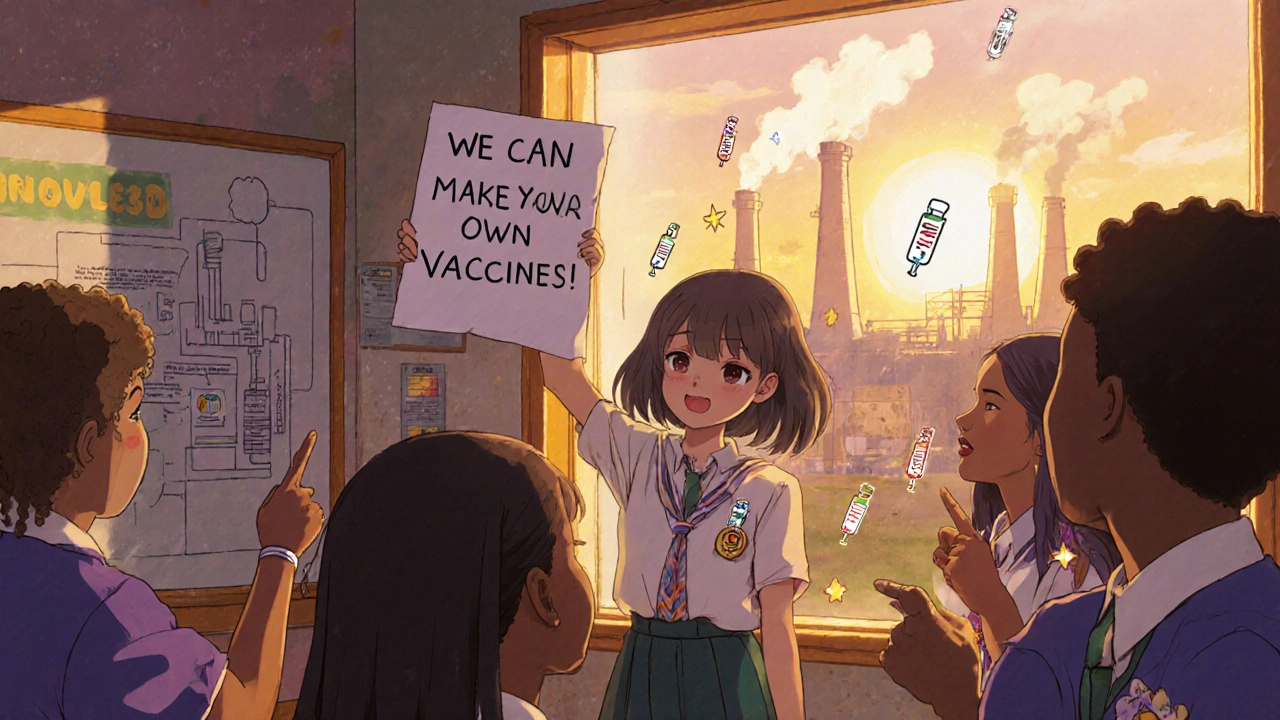
Who Makes Vaccines, and Who Gets Them?
India produces 60% of the world’s vaccines by volume. It supplies 90% of the WHO’s measles vaccines and 70% of its DPT and BCG doses. Yet, Africa imports 99% of its vaccines. That’s not a coincidence. It’s a legacy of underinvestment. While India built its capacity over decades, African nations have been locked into import dependency. The African Union estimates it will take $4 billion and 10 years just to reach 60% self-sufficiency by 2040.And it’s not just about production-it’s about access. In April 2021, 83% of the 1.1 million COVID-19 vaccine doses delivered to Africa through COVAX went to just 10 countries. Twenty-three African nations had vaccinated less than 2% of their populations. Meanwhile, high-income countries, representing just 16% of the world’s population, secured 86% of the initial vaccine supply.
Health workers in the Democratic Republic of Congo were getting doses with two weeks left before expiration-no cold chain, no way to use them. Médecins Sans Frontières called it a "systemic failure." It wasn’t a lack of vaccines. It was a lack of systems to deliver them.
Price Isn’t the Only Barrier
Many assume the problem is cost. But even when manufacturers offer discounted prices to low-income countries through Gavi, the Vaccine Alliance, prices don’t drop as they do for generic drugs. The pneumococcal vaccine, for example, still cost over $10 per dose in 2022-even after commitments to differential pricing. Why? Because the cost isn’t just the pill. It’s the cold chain, the trained staff, the transport, the monitoring. And manufacturers don’t face the same competitive pressure that drives down drug prices.In the generic drug world, when five companies make the same pill, prices crash by 80-90%. With vaccines? There’s no market for competition. The buyer is usually a government or UN agency. The seller has limited alternatives. That’s why the "take-it-or-leave-it" model persists. Even when a country like India produces vaccines at low cost, the global system doesn’t reward them for it. Export restrictions during the pandemic-like the U.S. blocking raw material exports to India-show how fragile the chain is. One country’s crisis becomes everyone’s shortage.
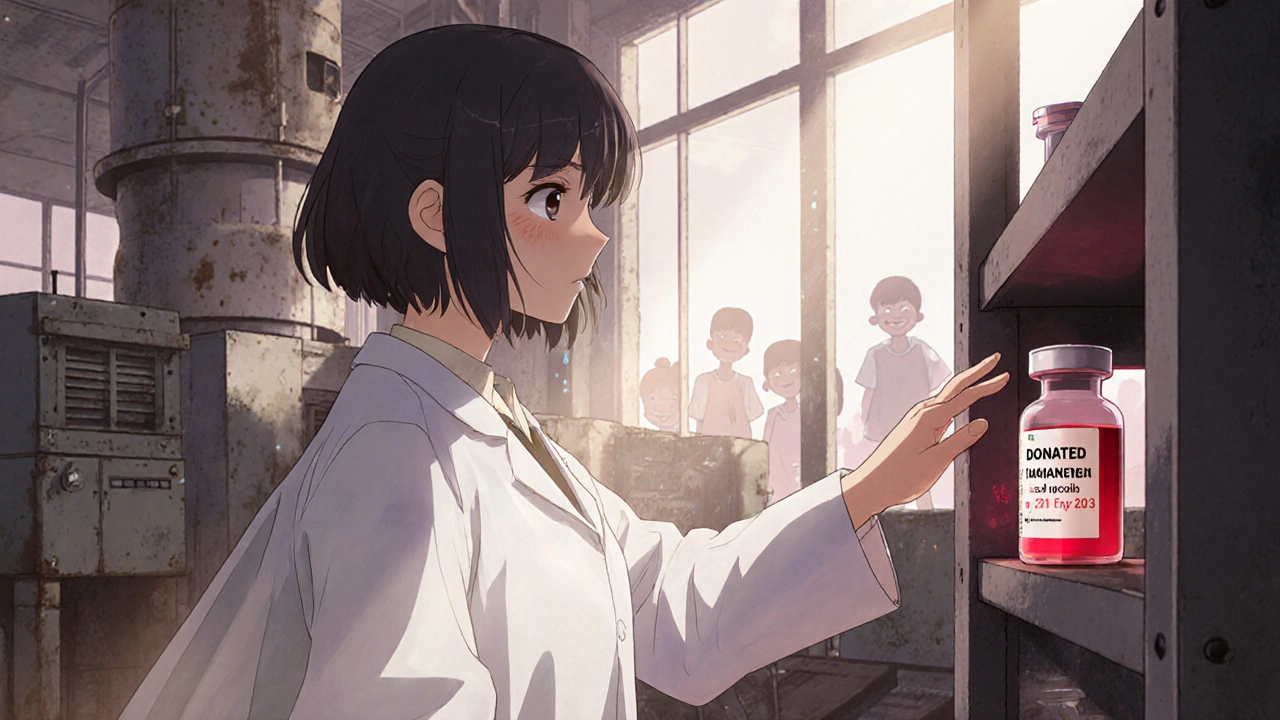
The Real Obstacles: Technology, Trust, and Time
The WHO set up a technology transfer hub in South Africa in 2021, with support from BioNTech and the Medicines Patent Pool. By September 2023, they produced their first mRNA vaccine doses. Great news-except the capacity? Just 100 million doses a year. Global demand? Over 11 billion. That’s less than 1%.Why so slow? Because transferring knowledge isn’t like sending a PDF. It’s about training people, calibrating machines, sourcing materials, and building trust between regulators. India still imports 70% of its vaccine raw materials from China. If China restricts exports, or if shipping delays hit, production halts. The U.S. FDA noted in 2025 that only 9% of active pharmaceutical ingredient (API) manufacturers are based in the U.S.-22% are in China, 44% in India. Yet the U.S. is now pushing to bring some of that back, not for equity, but for national security.
There’s no shortage of technical know-how. The models exist: Serum Institute’s scale, BioNTech’s innovation, Oxford’s open science. But the system doesn’t scale them. It protects them. Patents, trade secrets, and profit margins are prioritized over global need.
What’s Next?
Some progress is happening. The African Union’s Pharmaceutical Manufacturing Plan aims for 60% local production by 2040. The U.S. FDA’s new ANDA pilot for domestic generics could help stabilize supply chains. But these are small steps. By 2025, low- and middle-income countries will still rely on imports for 70% of their vaccines, according to Gavi.Real change requires more than technology transfer. It needs investment in local manufacturing, regulatory harmonization across regions, and binding commitments from wealthy nations to share not just doses, but know-how. It means treating vaccine production like a public good-not a private asset.
Until then, the gap won’t close. The same countries that produce most of the world’s vaccines will still import most of what they need. The same children will still die from preventable diseases because the system was never built for them.
Why can’t we just copy vaccines like we do with generic drugs?
Vaccines are biological products made from living cells, proteins, or mRNA-not simple chemical compounds. You can’t replicate them by just following a formula. Each batch requires complex, tightly controlled manufacturing processes, specialized equipment, and unique raw materials. Unlike generic drugs, which can be proven "bioequivalent" through blood tests, vaccines must be rebuilt and fully tested from scratch. That’s why they need a full biological license application, not a fast-tracked generic approval.
Does India produce generic vaccines?
India doesn’t produce "generic" vaccines in the traditional sense, but it is the world’s largest producer of vaccines by volume. It manufactures over 60% of the global supply of vaccines like DPT, measles, and BCG. These are original products made under license or developed independently, not copies. India’s Serum Institute, for example, produces the AstraZeneca COVID-19 vaccine under license. It’s not a generic-it’s a licensed version made at scale with lower costs due to efficiency, not simplicity.
Why are vaccines so expensive in poor countries if they’re made in India?
Even though India makes vaccines cheaply-sometimes under $5 per dose-the global system doesn’t pass those savings on. Prices are set by manufacturers, not by production cost. Wealthy countries pay more, but low-income countries still pay more than the actual cost of production because there’s no competitive market. Gavi negotiates discounts, but even then, prices like $10 per dose for pneumococcal vaccine remain high. The cost isn’t just the vial-it’s the cold chain, delivery, storage, and administration, which many countries can’t afford.
Can African countries build their own vaccine factories?
Yes, but it’s extremely difficult. Building a single facility takes $200-500 million and 5-7 years. Africa currently produces less than 2% of its own vaccine needs. The African Union’s plan aims for 60% self-sufficiency by 2040, but that requires $4 billion in investment and international support for technology transfer, regulatory training, and supply chain development. The WHO’s mRNA hub in South Africa is a start, but it’s only producing 100 million doses a year-far below what’s needed.
What’s stopping more countries from making vaccines?
It’s not just money. It’s access to technology, raw materials, and regulatory approval. Many countries lack the specialized equipment, skilled workforce, or supply chains for critical ingredients like lipid nanoparticles. Even when tech is shared, delays happen because materials can’t be sourced locally. Export restrictions on raw materials-like those imposed by the U.S. on India during the pandemic-show how easily global production can be disrupted. Without global cooperation, local manufacturing won’t scale.

